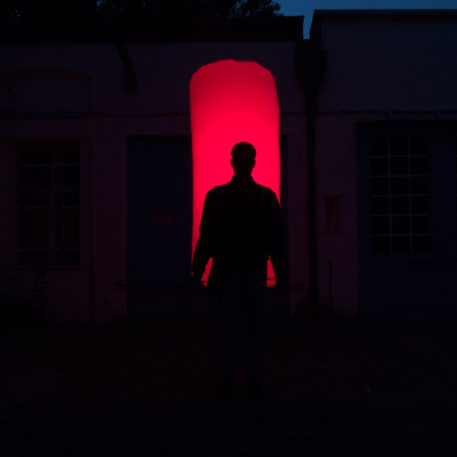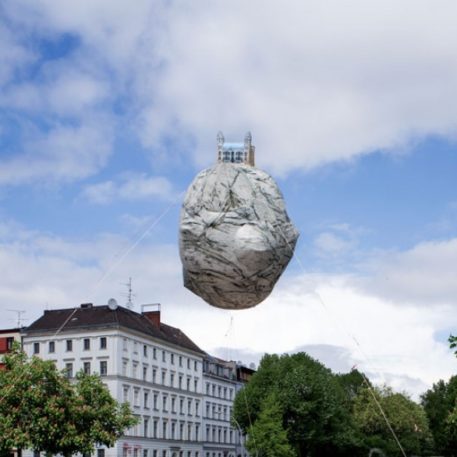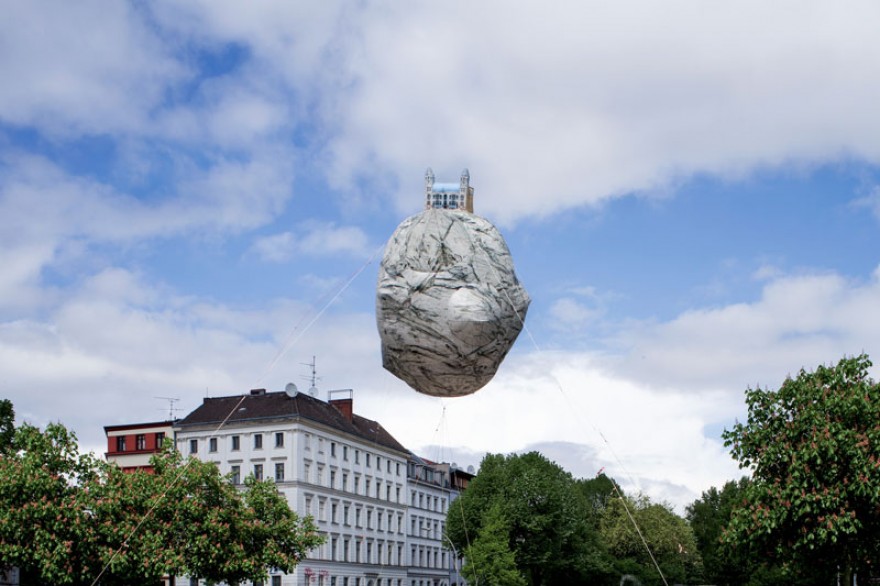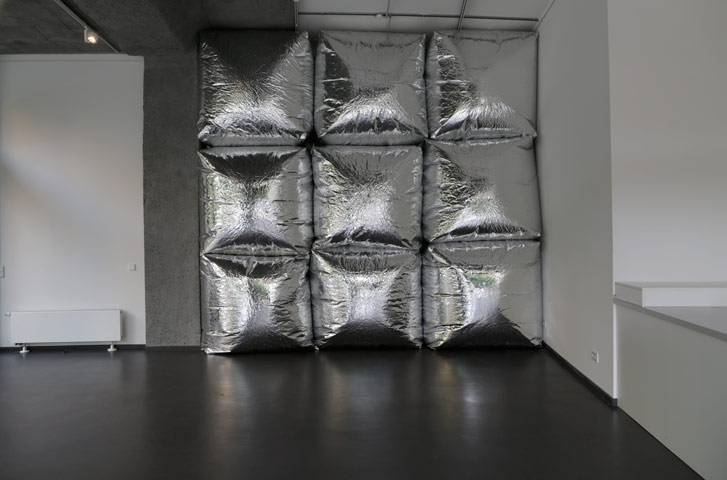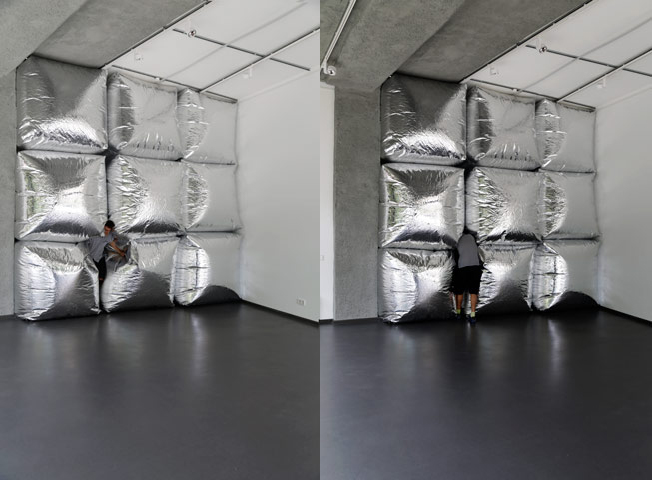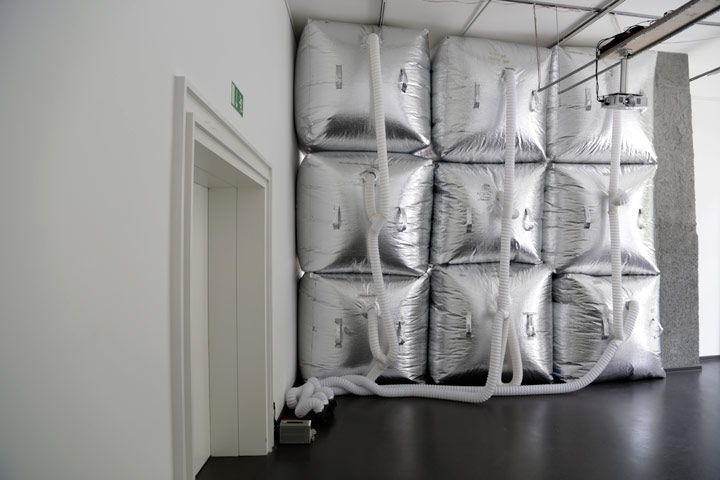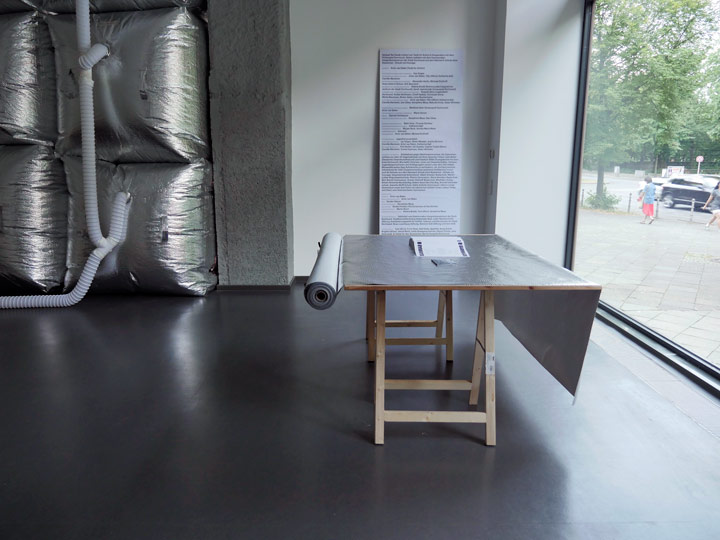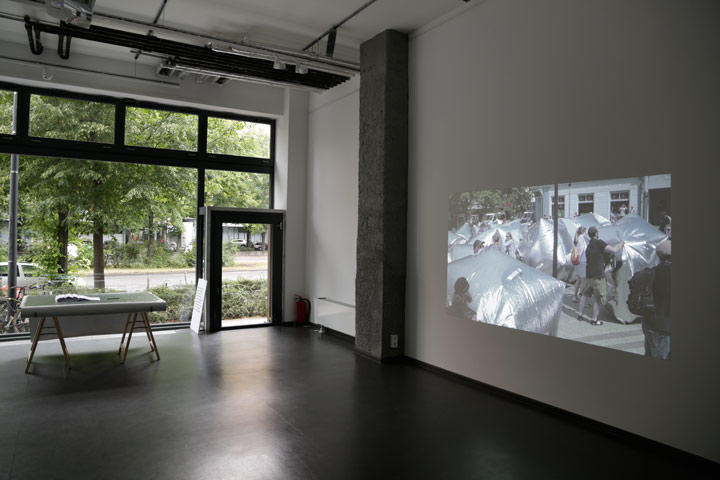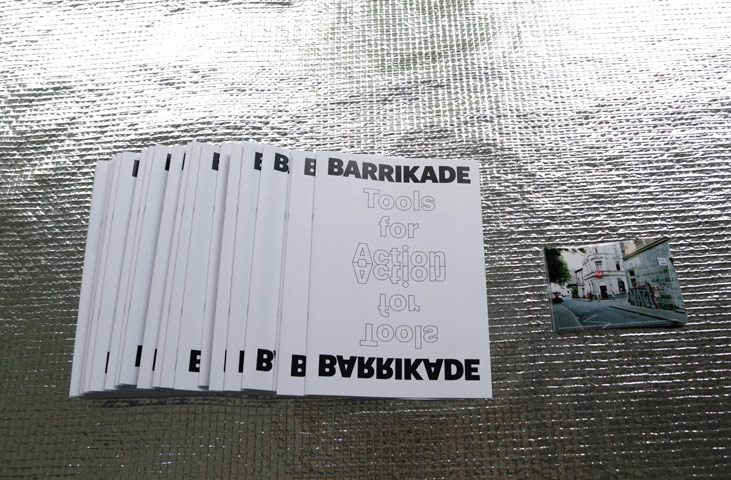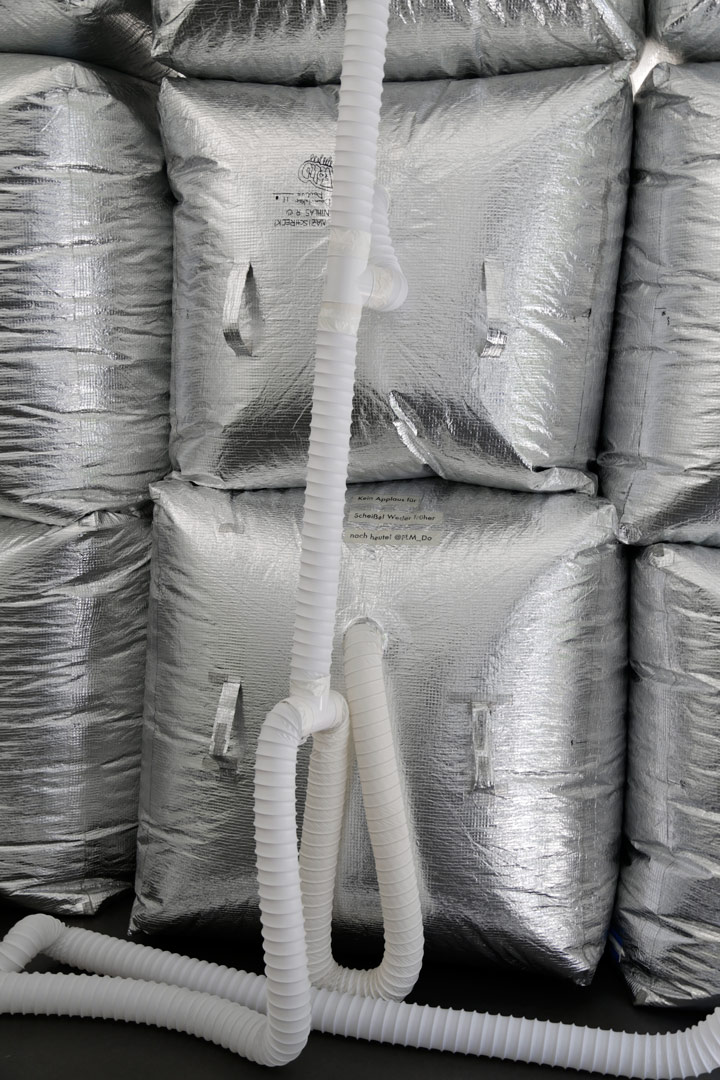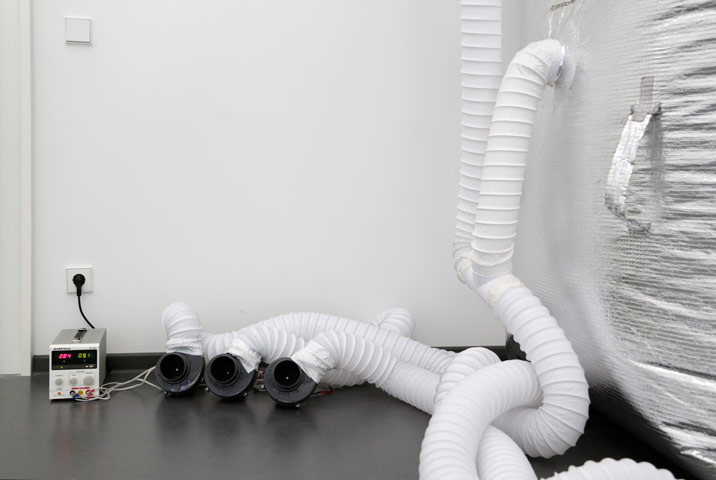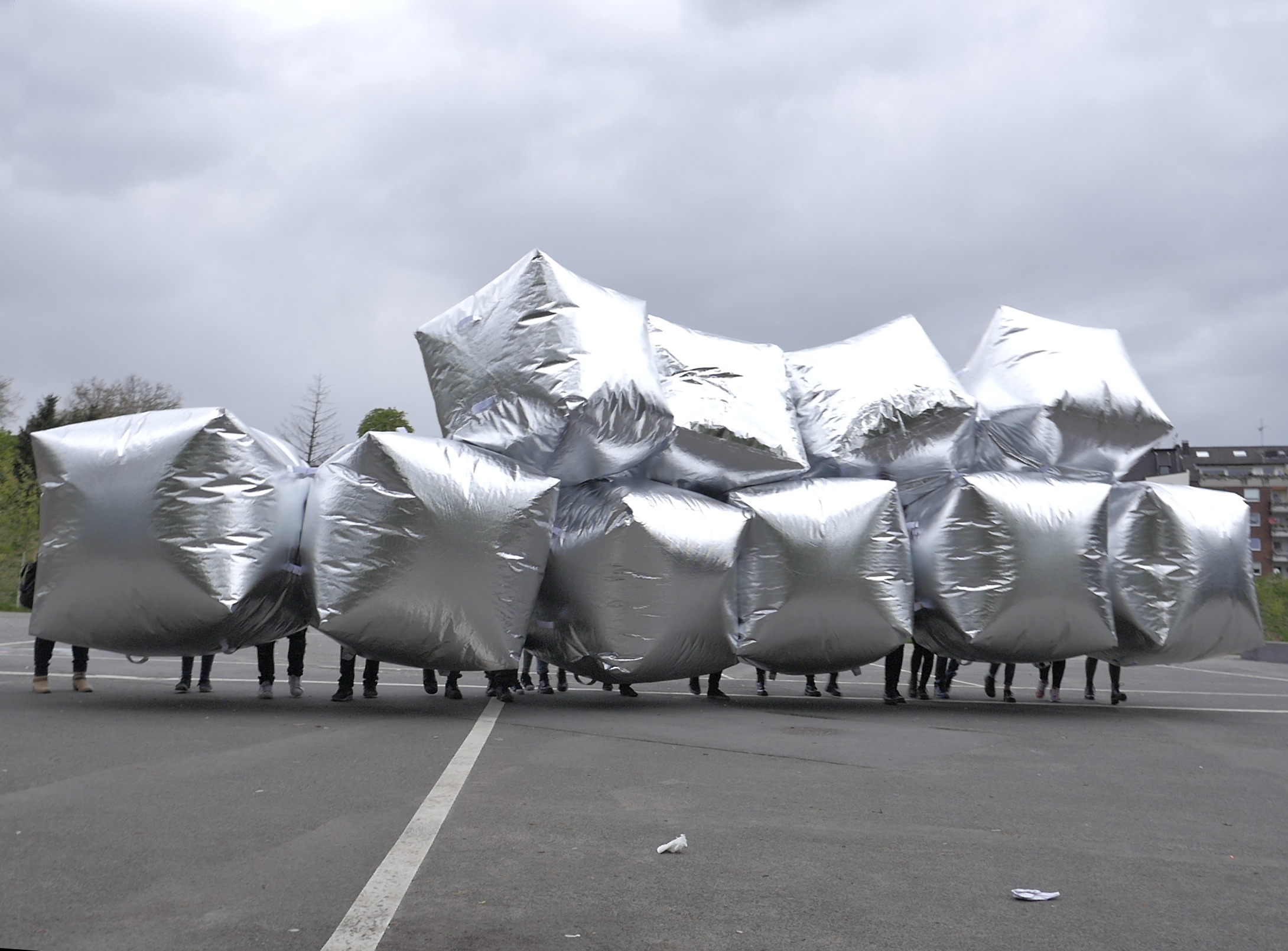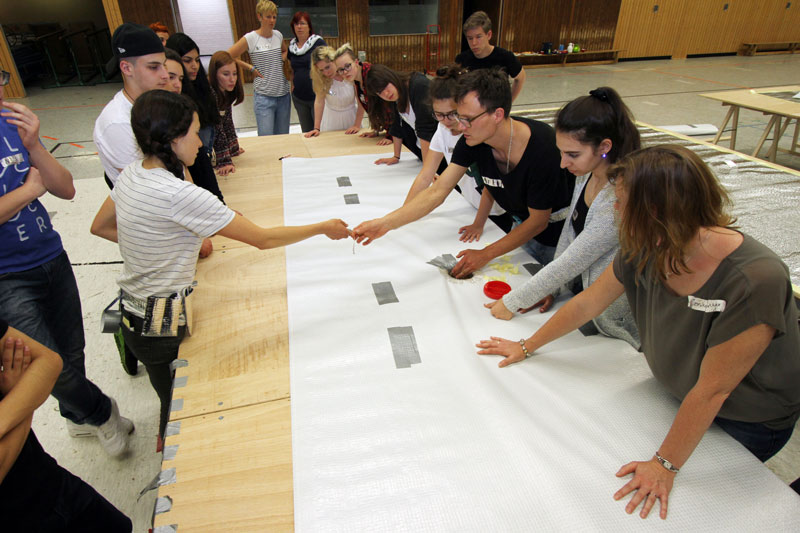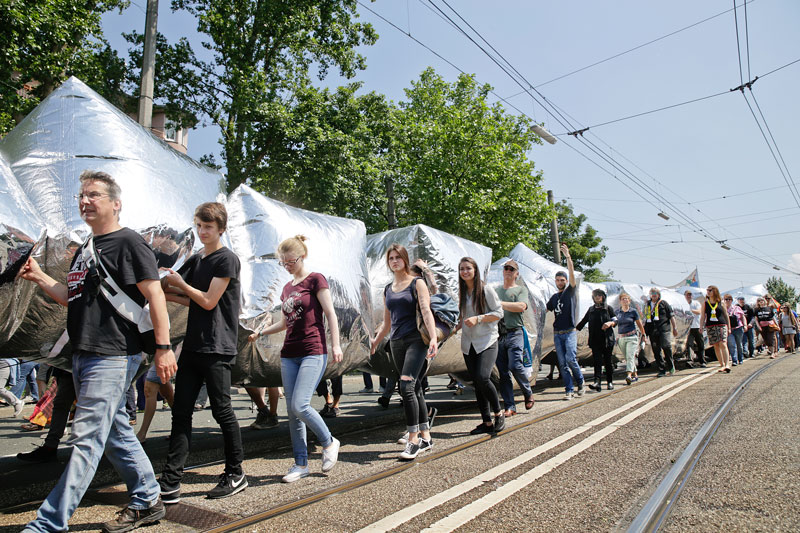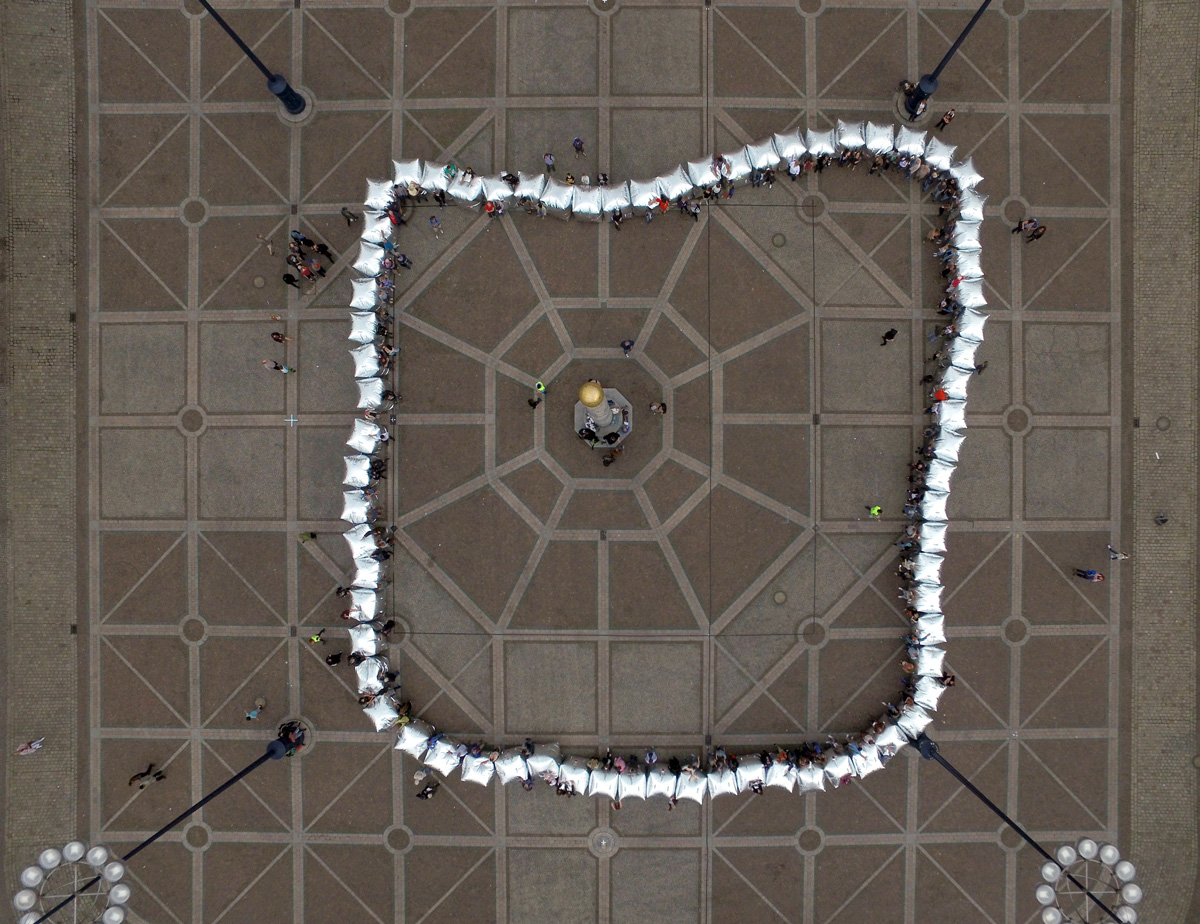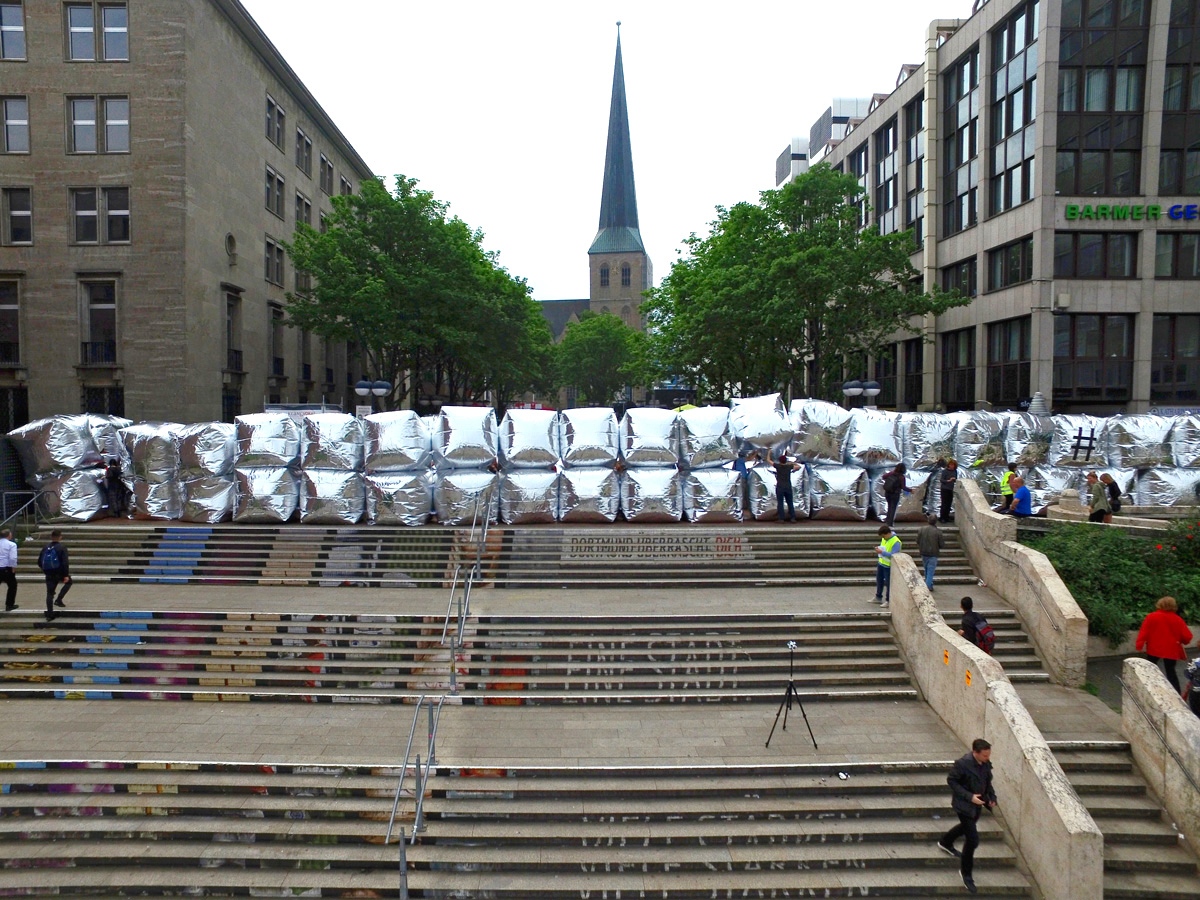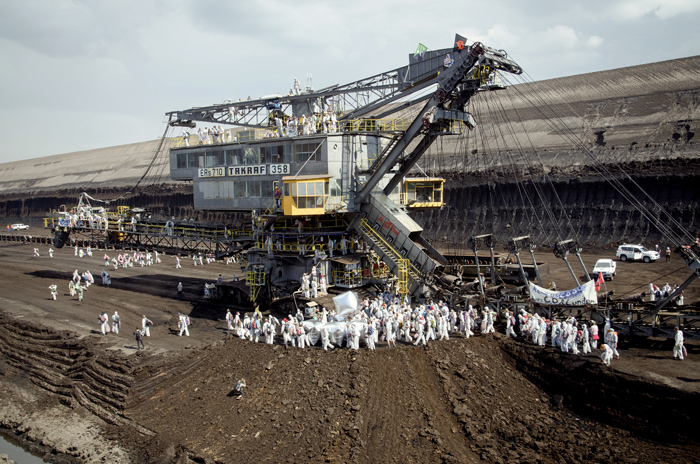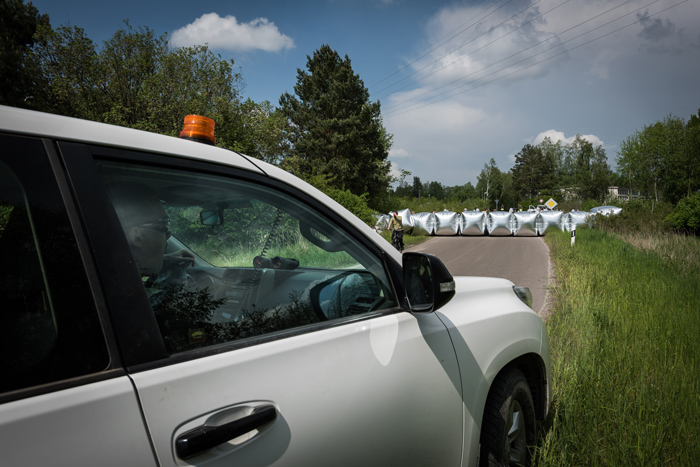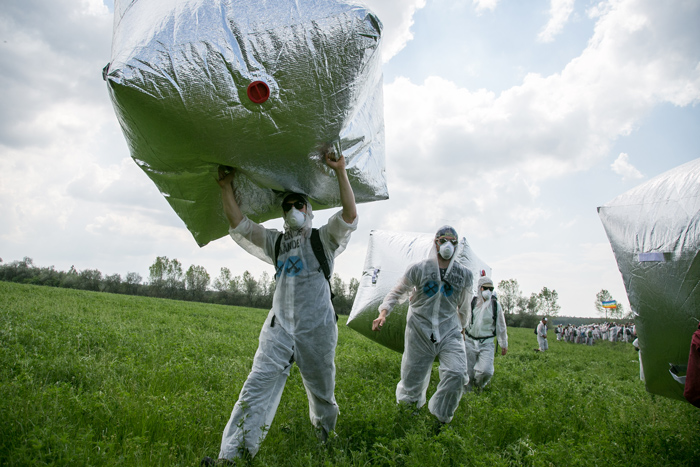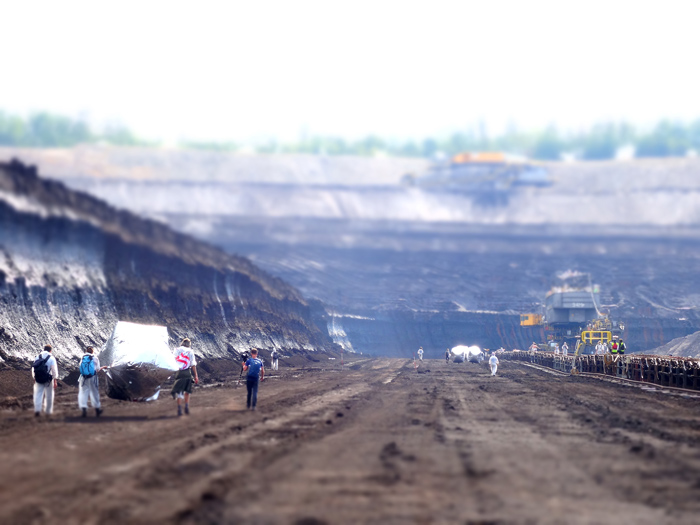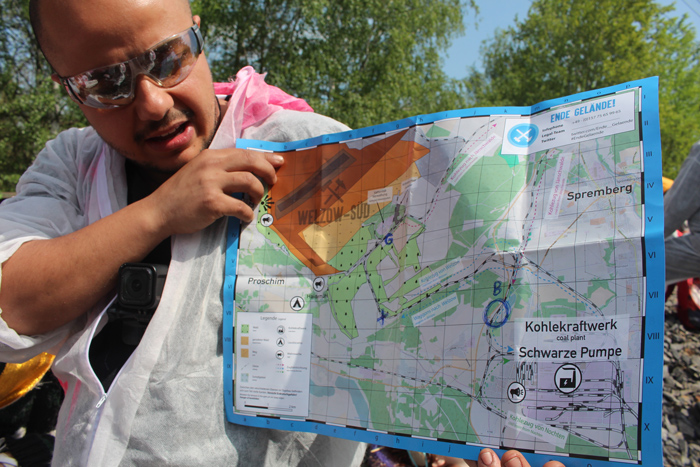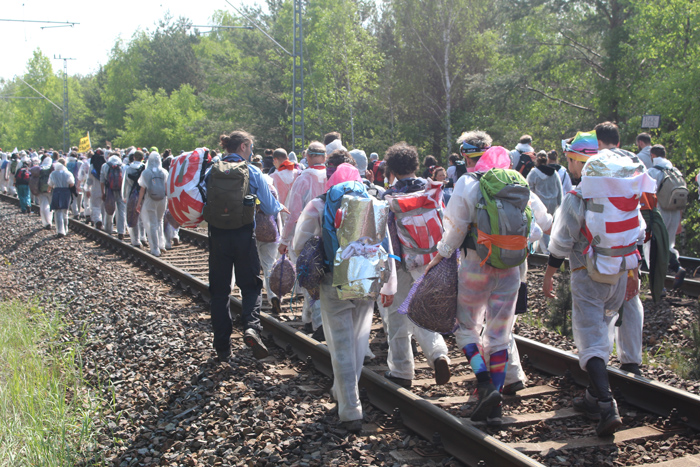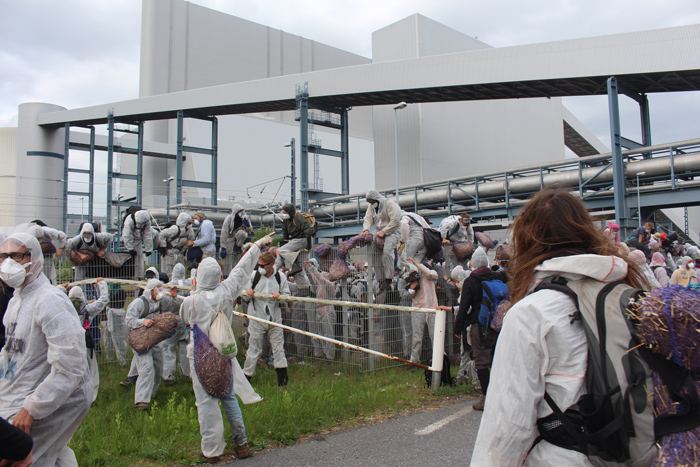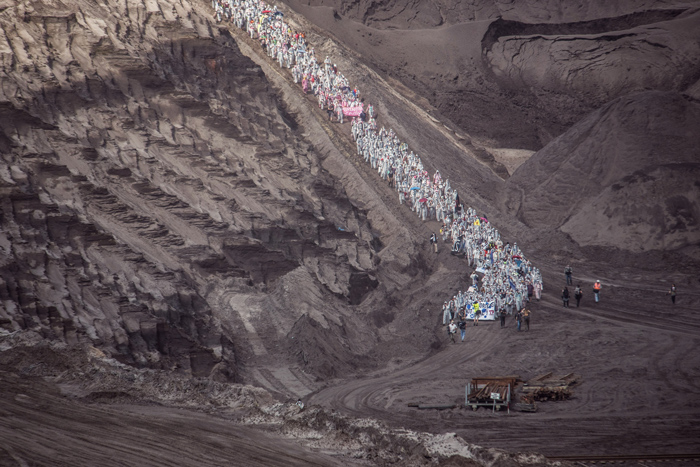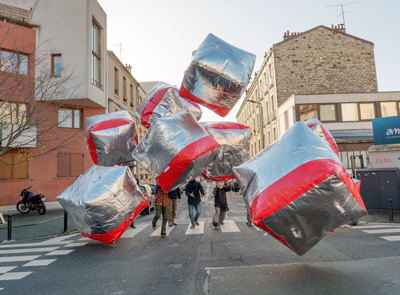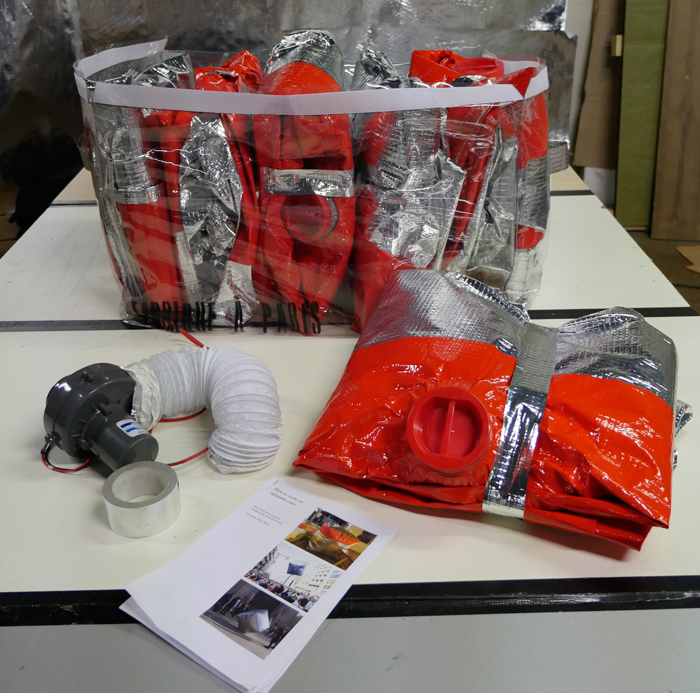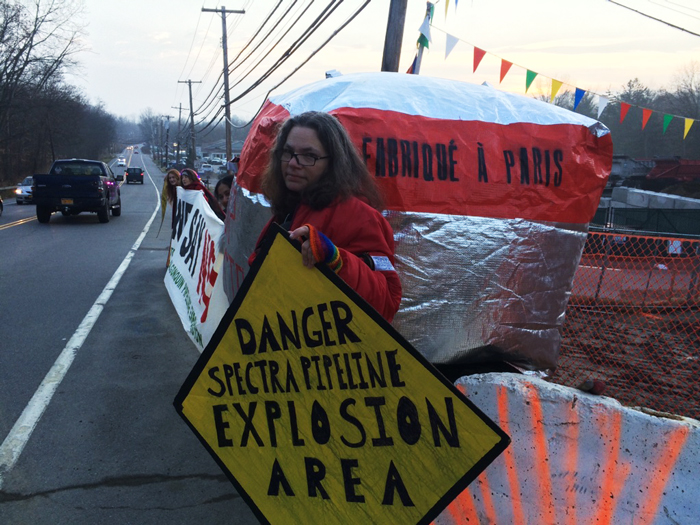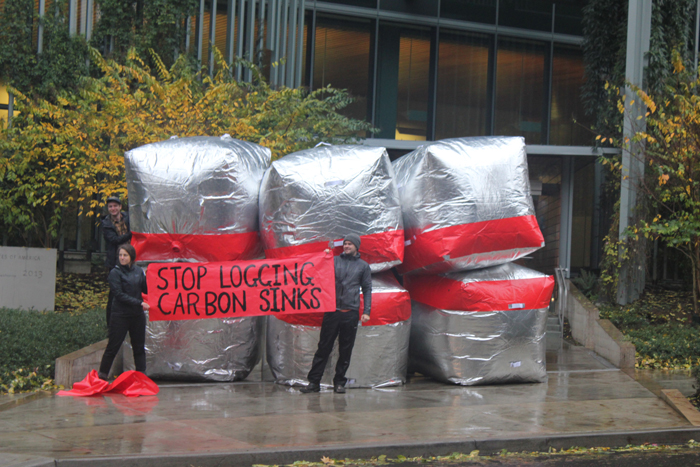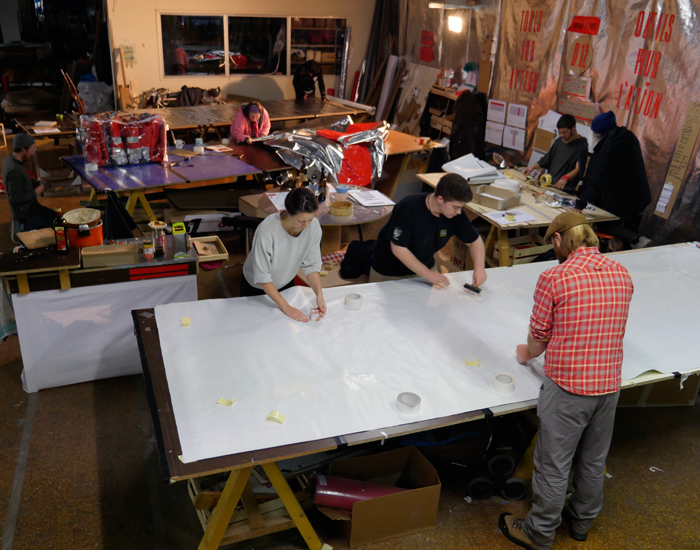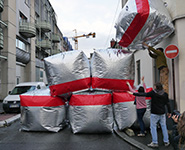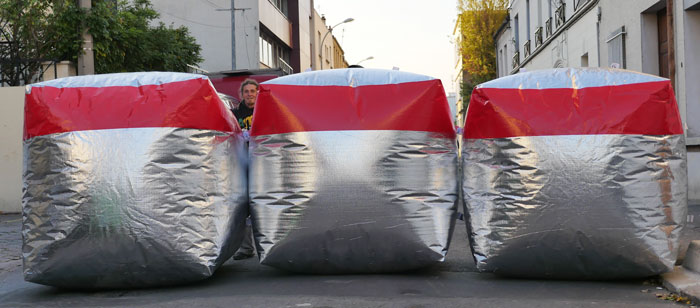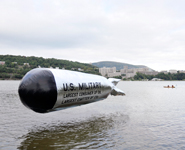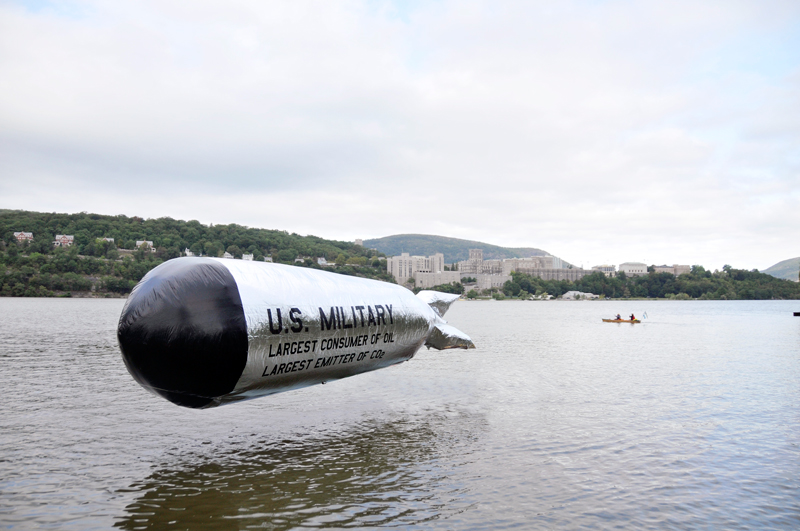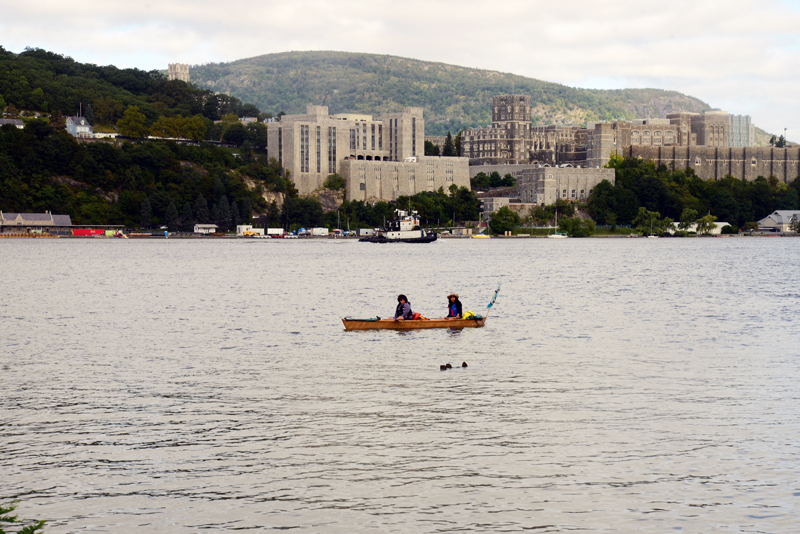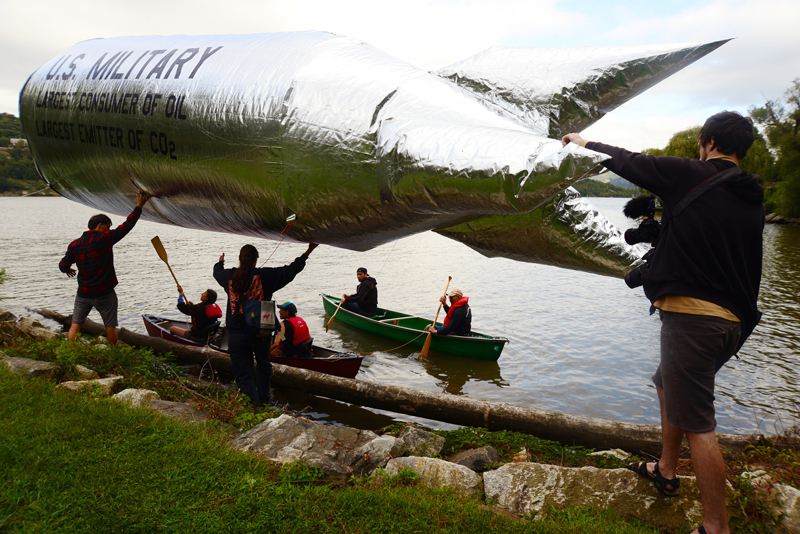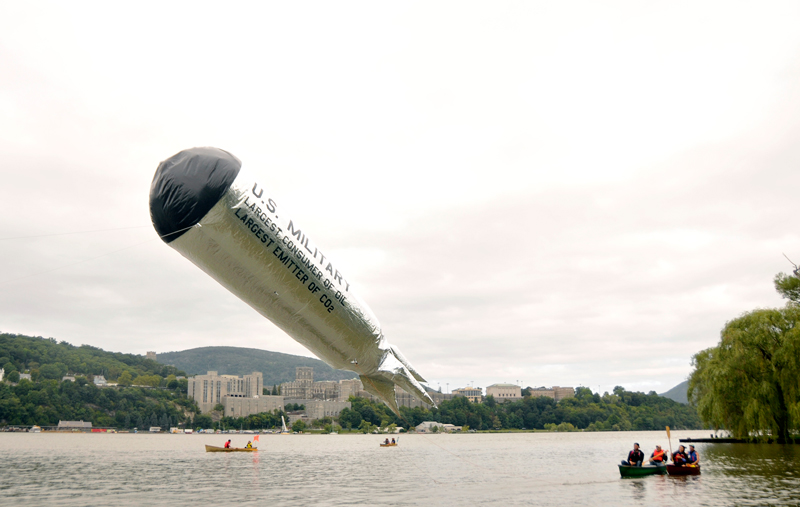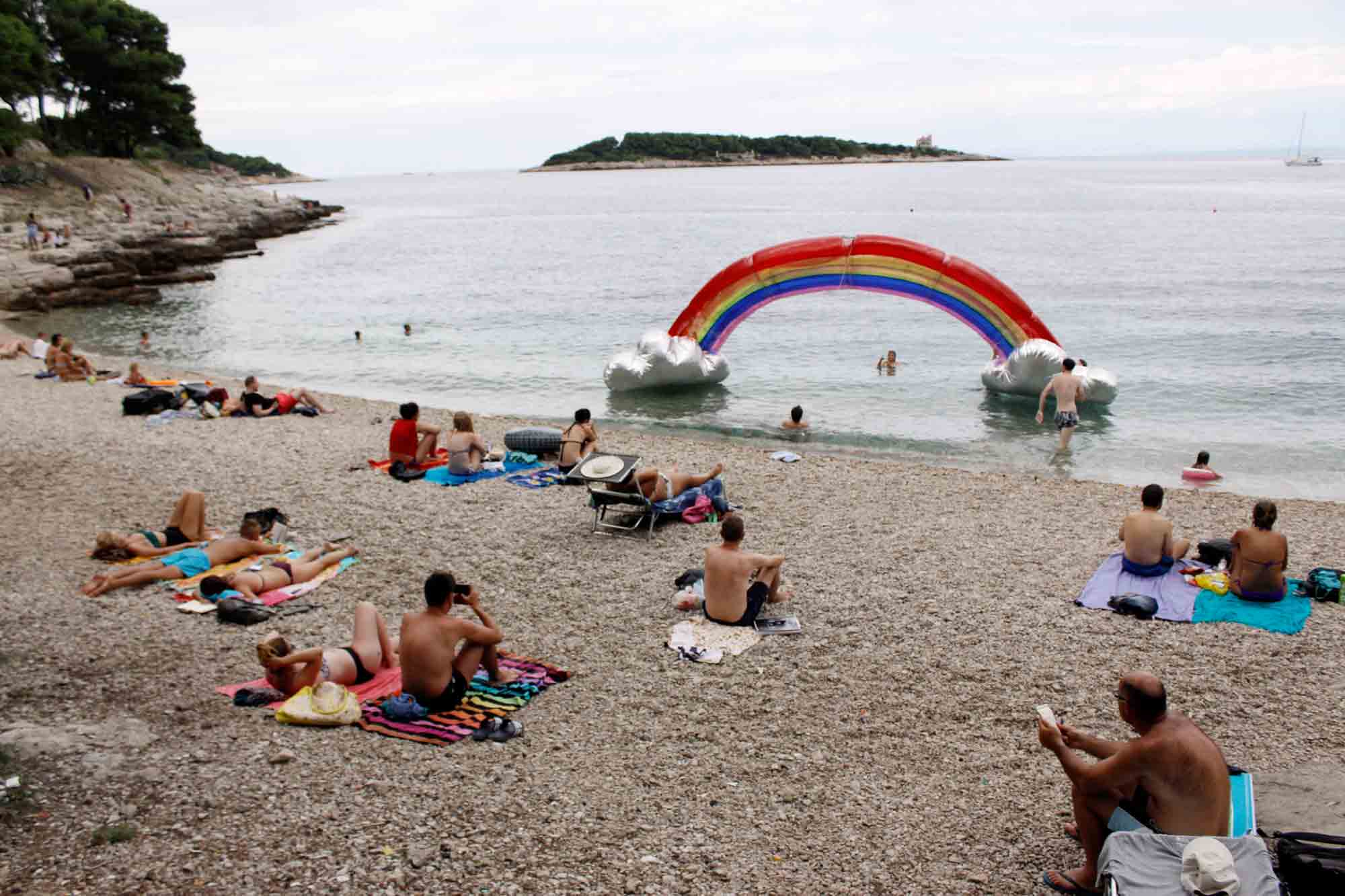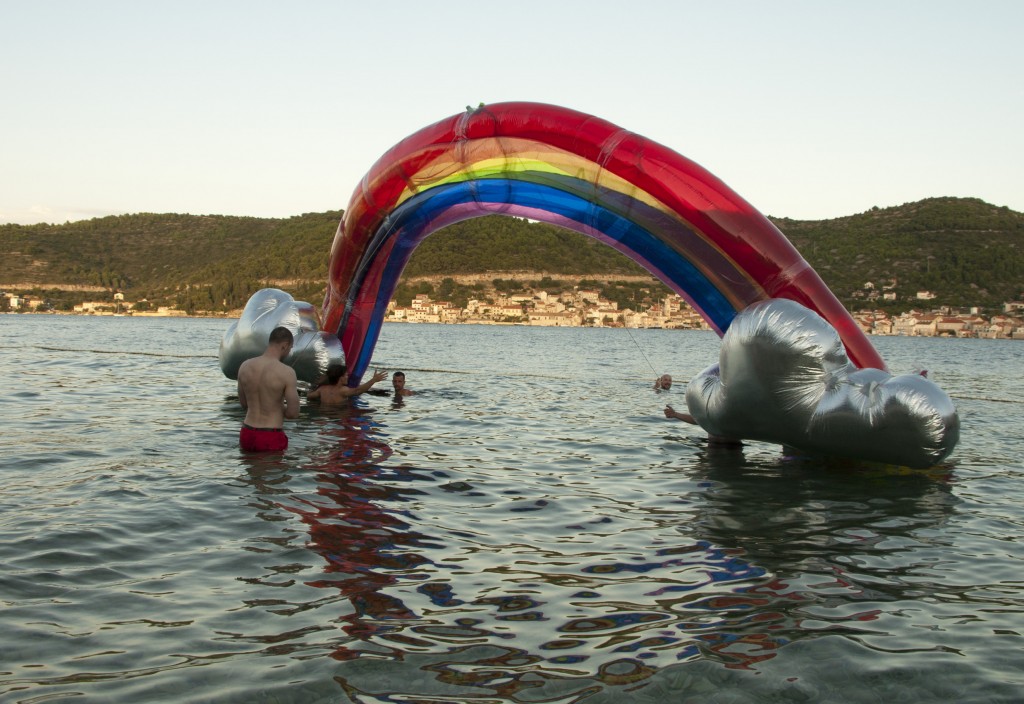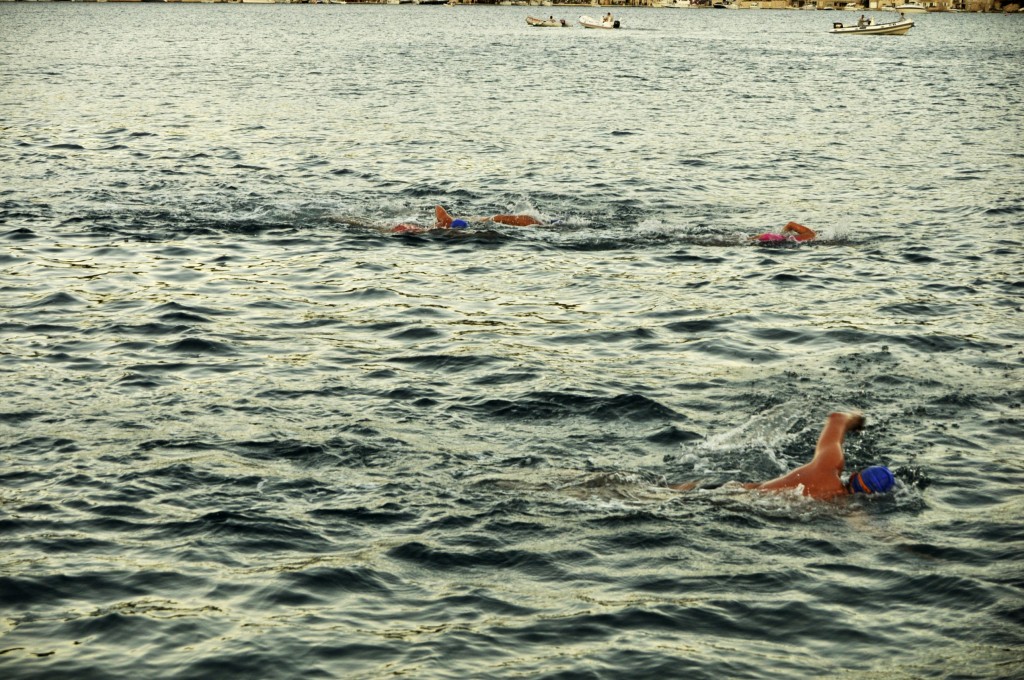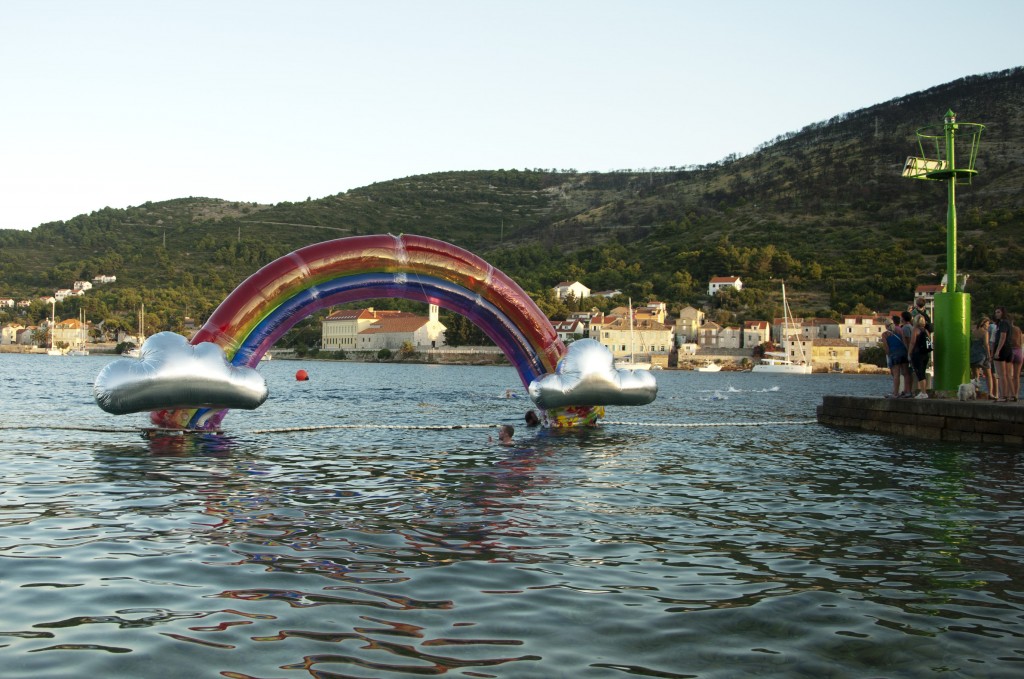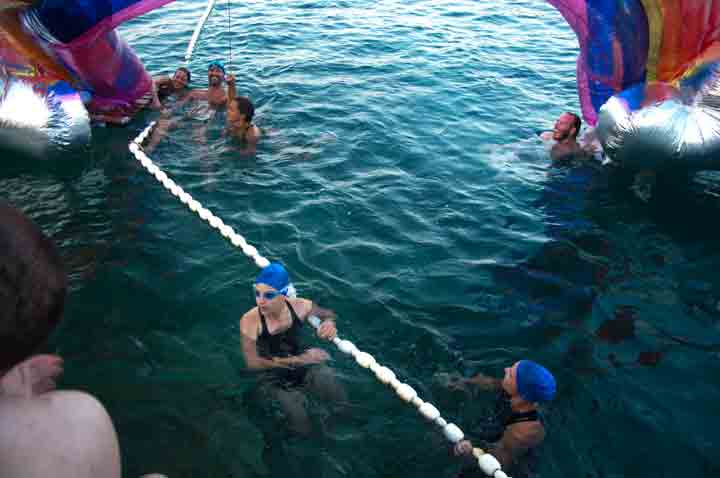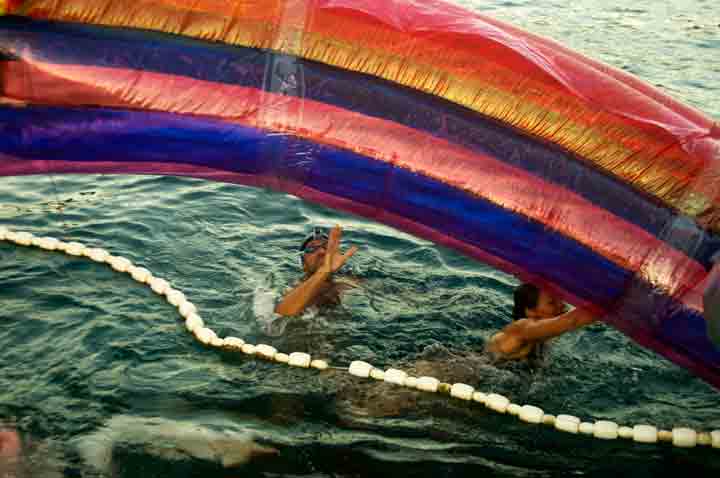Signals - Resonating Revolutions - Rehearsals are on!
Tools for Action and Dancers withoutTänzer ohne Grenzen invites everyone to participate in the rehearsals and the Opening Performance “Signals, Resonating Revolutions” of the project “100 Jahre Revolution - Berlin 1918 / 19” from Kulturprojekte Berlin.
Tools for Action is pleased to announce the project “Signals, Resonating Revolutions” as part of the the official opening ceremony of the 100th anniversary of the German Revolution by Kulturprojekte Berlin.
In 1918|19 the first German democracy was proclaimed in Berlin and basic rights, like the right to assemble, freedom of opinion and votes for women were established. 2018 marks the centenary of the German Revolution 1918|19.
Tools for Action is asked to do the opening performance of the November Revolution 1918|19! For this occasion we developed red, inflatable light-sculptures: new tools for public assembly and creative resistance! Together with the organisation Tänzer ohne Grenzen e.V. (dancers without borders) we will be activating these new tools in a collective choreographic experiment together with hundreds of participants.
We are currently looking for participants, who want to test our new tools and rehearse with us.
general Rehearsal, Saturday, 3.11.2018 17:00 - 19:00 h
Meetingpoint: Exit of subway Tiergarten
Final opening performance:
Sunday, 11.11.2018 16:00 - 19:00 h
Meetingpoint: Podewil, entrance via Waisenstraße 26 (courtyard), U2 Klosterstraße
Impressions of first rehearsal, on the 27.10.2018 here.
Join the Light Bloc!
Join us for an experiment in resonating revolutions!
#resonatingrevolutions #toolsforaction #revolution100 #versammelteuch
Contact:
Artúr van Balen
More information:
https://www.facebook.com/toolsforaction/
https://100jahrerevolution.berlin/
TOOLS FOR ACTION in collaboration with Tänzer ohne Grenzen invites everyone to participate in the rehearsals and the Opening Performance “Signals, Resonating Revolutions” of the project “100 Jahre Revolution - Berlin 1918 / 19” from Kulturprojekte Berlin.
Quality sites
- Casinos Not On Gamstop
- UK Online Casinos Not On Gamstop
- Nuovi Casino Online Italia
- UK Casinos Not On Gamstop
- Casino Not On Gamstop
- Casinos Not On Gamstop
- Casino Sites Not On Gamstop
- Casino Italiani Non Aams
- Online Casino
- Non Gamstop Casino UK
- Casino En Ligne Fiable
- Best Non Gamstop Casinos
- Best Non Gamstop Casinos
- Casino Not On Gamstop
- Casino Non AAMS
- UK Casinos Not On Gamstop
- Meilleur Casino En Ligne
- Slots Not On Gamstop
- Casino Sites Not On Gamstop
- Betting Sites
- UK Casino Not On Gamstop
- Meilleur Casino En Ligne
